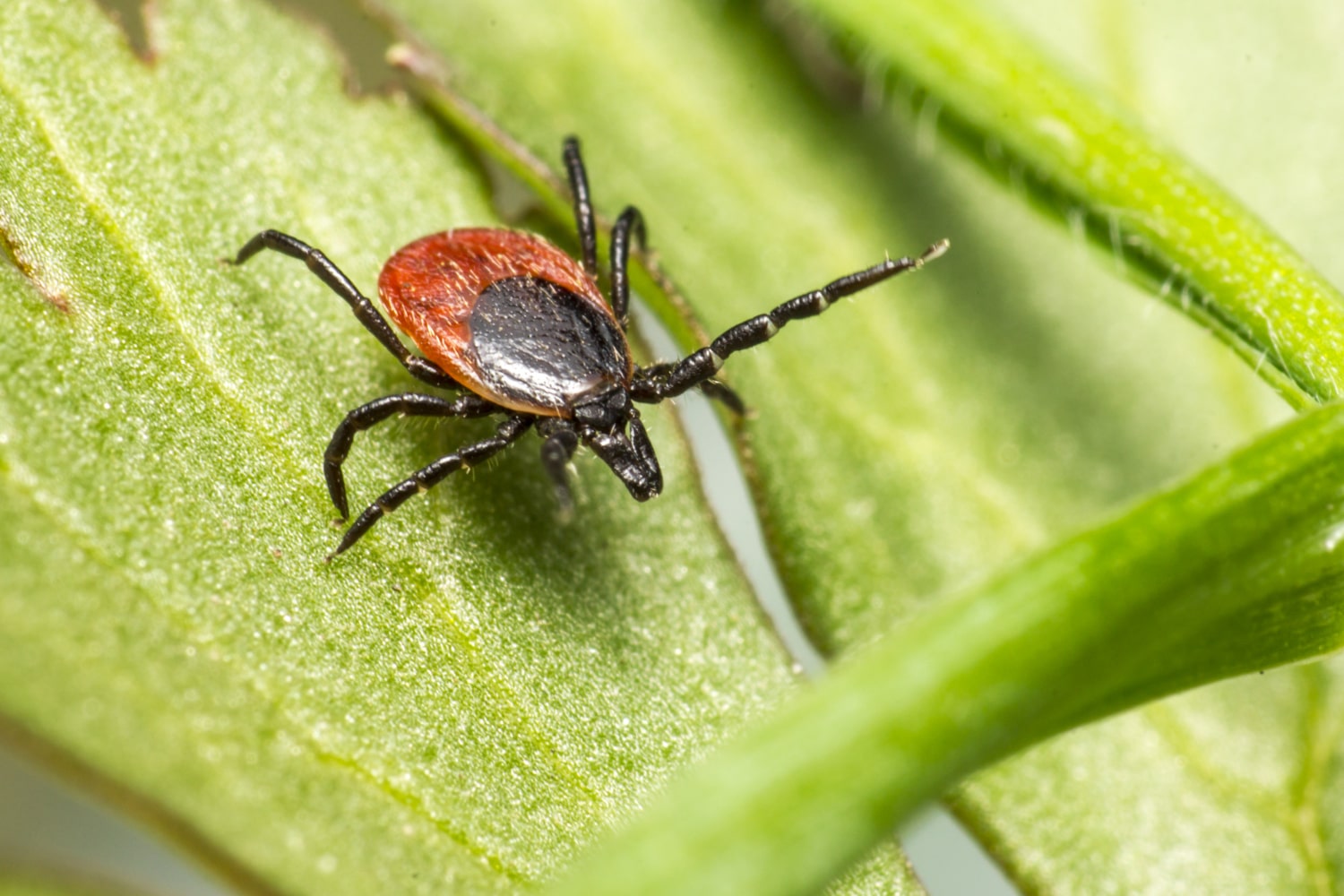Ticks are among the oldest and most resilient creatures on Earth, having existed for over 400 million years. They can be found almost everywhere — from tropical rainforests to arctic tundras. Despite their tiny size, ticks play an important role in nature, although they are often associated with danger to humans and animals. Their anatomy, behavior, and incredible adaptability continue to fascinate scientists. Below are interesting and educational facts about ticks that you might not have known.
- Ticks are not insects, as many people believe, but arachnids. They have eight legs, and their body structure is much simpler than that of insects. This makes them some of the most adaptable arthropods on the planet.
- There are over 900 known species of ticks, and new ones are still being discovered. Some species parasitize animals and birds, while others live in soil and help decompose organic matter. Thus, ticks are a natural part of the ecosystem.
- Ticks can survive in extremely harsh environments. They can tolerate heat up to +40 degrees Celsius and cold down to -20. Some species enter a state of suspended animation and can live without food for more than a year.
- The largest ticks can reach up to three centimeters in length, though most measure only a few millimeters. Female ticks are usually larger than males and expand significantly after feeding on blood. This allows them to store enough nutrients to lay eggs.
- Ticks feed exclusively on blood from animals or humans. They pierce the skin with a special mouthpart shaped like a harpoon. Their saliva contains anesthetic compounds and enzymes that prevent blood from clotting.
- Some ticks can stay attached to their host for several hours or even days. During that time, their body weight can increase dozens of times. After feeding, they drop off and begin the reproduction process.
- Ticks neither jump nor fly, contrary to popular belief. They wait for their prey on grass or shrubs, holding their front legs up. When an animal or human passes by, the tick simply grabs on.
- Ticks can sense heat, smell, and even carbon dioxide levels in the air. These signals help them locate potential hosts. This extraordinary sensitivity makes them highly efficient hunters.
- Tick saliva contains over one hundred different proteins with unique properties. Some of them suppress the immune response of the host, allowing the tick to feed unnoticed. Scientists are studying these proteins to develop new medical treatments.
- A female tick can lay from several hundred to several thousand eggs at a time. Depending on the species, the full life cycle can last from a few months to several years. It consists of four stages — egg, larva, nymph, and adult.
- Ticks are carriers of more than twenty dangerous diseases. The most well-known include Lyme disease, tick-borne encephalitis, and babesiosis. All of these are transmitted during a bite through the tick’s saliva.
- Lyme disease is caused by bacteria of the genus Borrelia. It can affect the nervous system, joints, and heart if left untreated. Early diagnosis and proper treatment help prevent serious complications.
- Not all ticks are harmful. Some live in soil and contribute to the decomposition of organic material, playing a vital role in the ecosystem. There are even predatory ticks that feed on other ticks, reducing the number of harmful species.
- Ticks can be found almost everywhere — in forests, fields, gardens, and even city parks. They are most active in spring and autumn when temperatures range between +10 and +25 degrees Celsius. In extreme heat or cold, their activity decreases.
- Ticks can survive underwater for up to two weeks because their breathing openings can temporarily close. This helps them endure heavy rain or flooding. Such adaptation makes them among the most resilient invertebrates.
- Tick bites are not always felt immediately. A person might not notice a tick for hours or even days. That is why it is important to check your body carefully after spending time in nature.
- Some tick species can pass infections to their offspring through their eggs. This means that larvae are already born infected and capable of spreading diseases. Such a feature makes controlling their populations more difficult.
- There are species of ticks that parasitize snakes, frogs, and even fish. They have adapted to diverse environments, including deserts and swamps. This makes them some of the most versatile parasites in nature.
- The smallest ticks measure less than one millimeter and are invisible to the naked eye. Despite their size, they can carry dangerous microorganisms. Their bites often go unnoticed, which increases the risk of infection.
- Ticks move slowly but persistently. They can crawl several meters in an hour in search of a host. Their endurance allows them to survive even in places where potential hosts are scarce.
- Scientists are actively researching ticks to develop ways to control their populations. One promising approach is the creation of vaccines that prevent infection after bites. Researchers are also studying tick pheromones to use them in traps.
- Ticks are natural indicators of climate change. As global temperatures rise, their range expands, and they appear in regions where they could not survive before. This helps scientists track environmental changes.
- The oldest tick fossils found in amber are over 100 million years old. They are almost identical to modern ticks, which shows their remarkable evolutionary stability. This makes ticks true “veterans” of nature.
- Ticks can transmit several viruses at once. This phenomenon, called co-infection, makes disease diagnosis more complicated. Even a single tick bite can pose a serious threat to human health.
Ticks are fascinating yet dangerous creatures that demonstrate incredible survival abilities. Their biological traits help us better understand the complexity of the natural world. These interesting facts remind us that even the smallest organisms can have a huge impact on ecosystems and human life. Awareness and knowledge about ticks are the best protection against their hidden danger.





